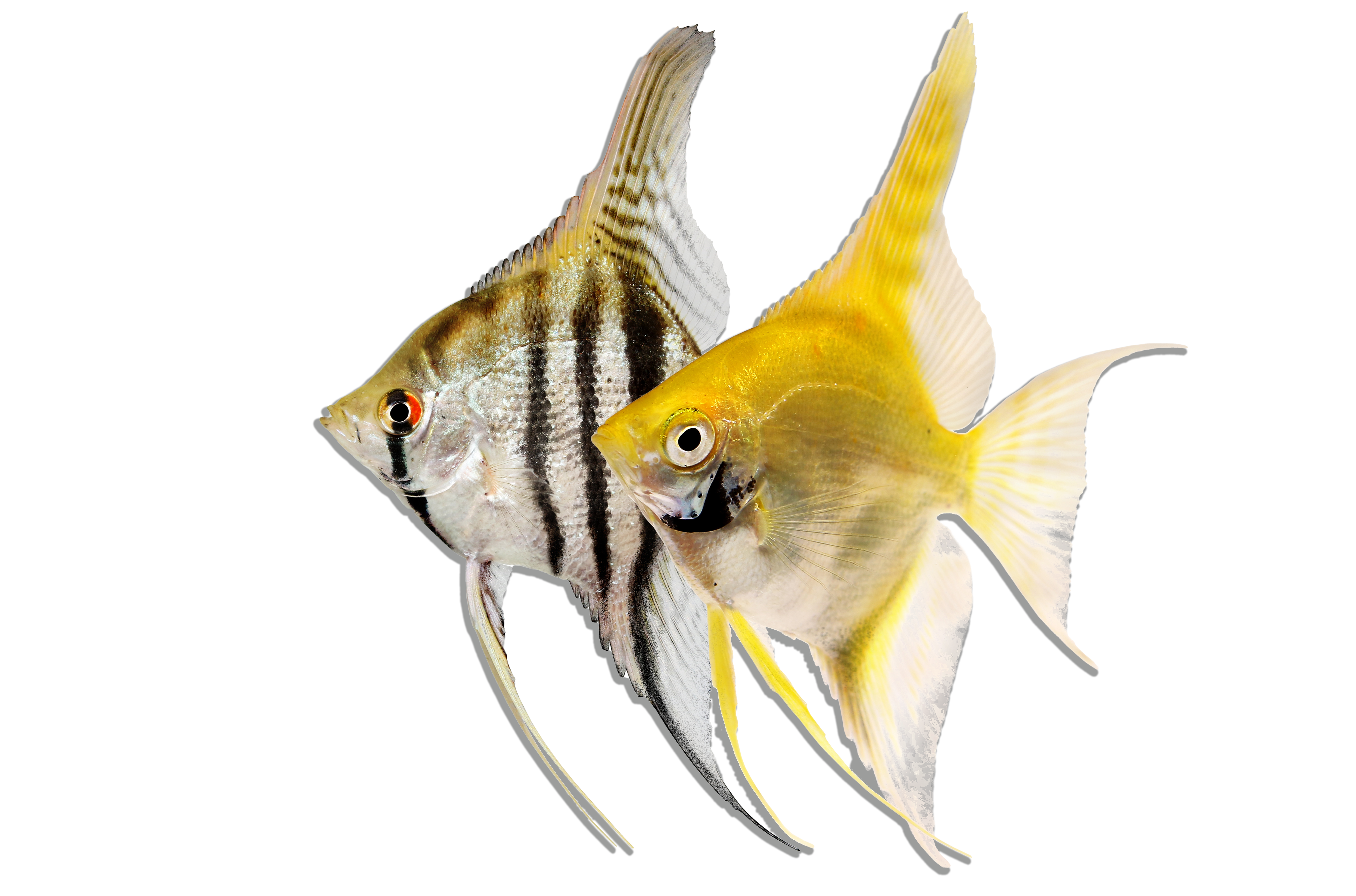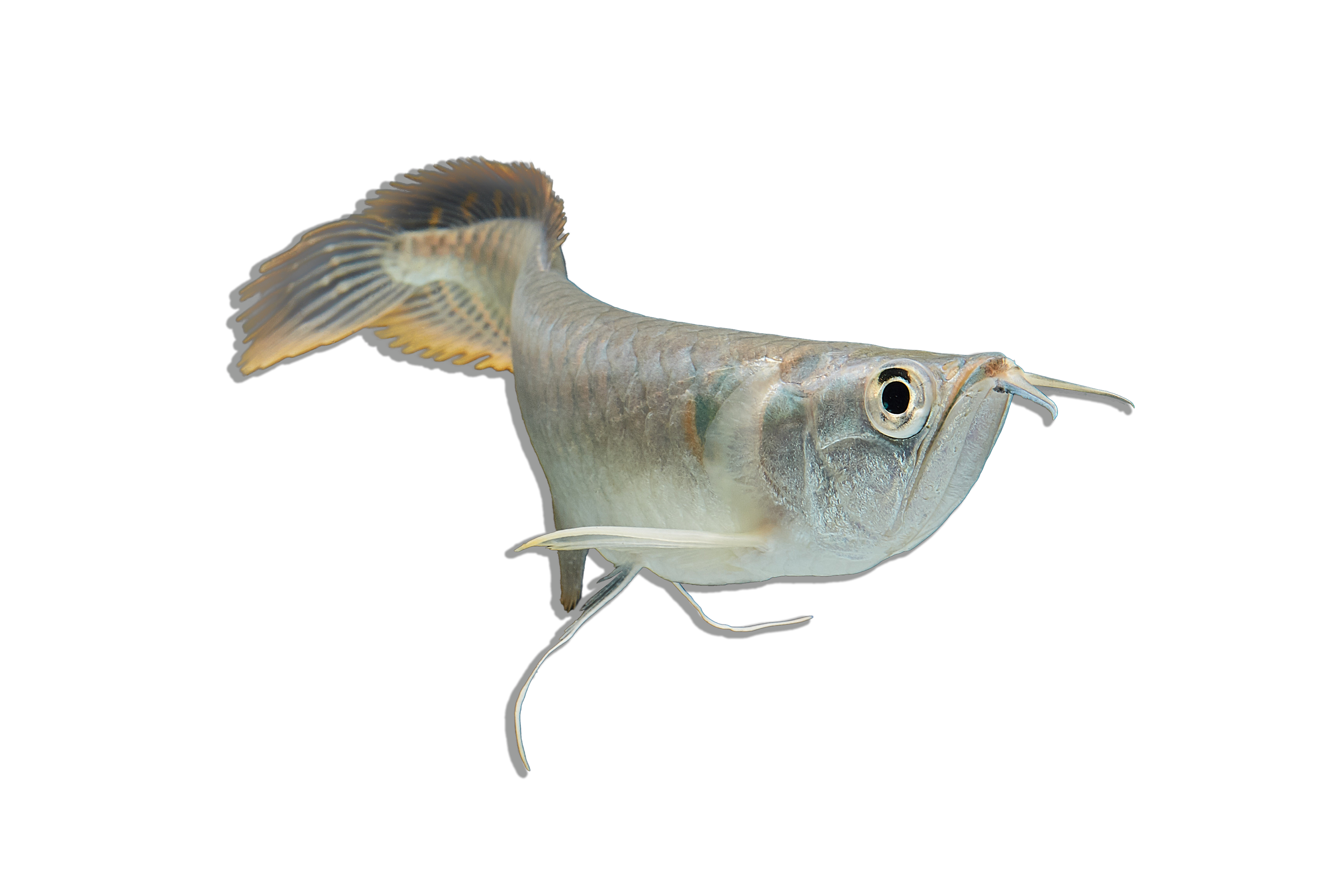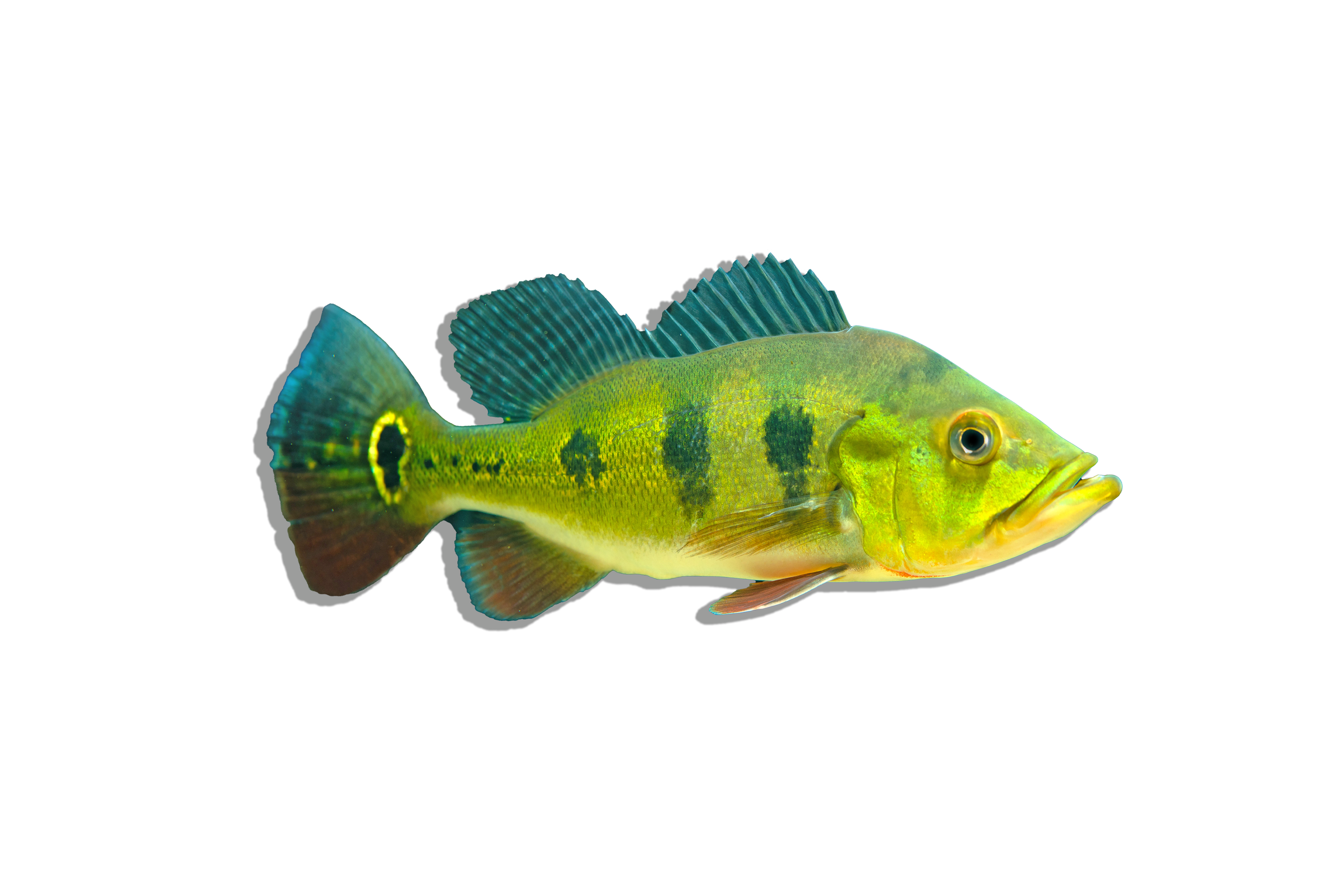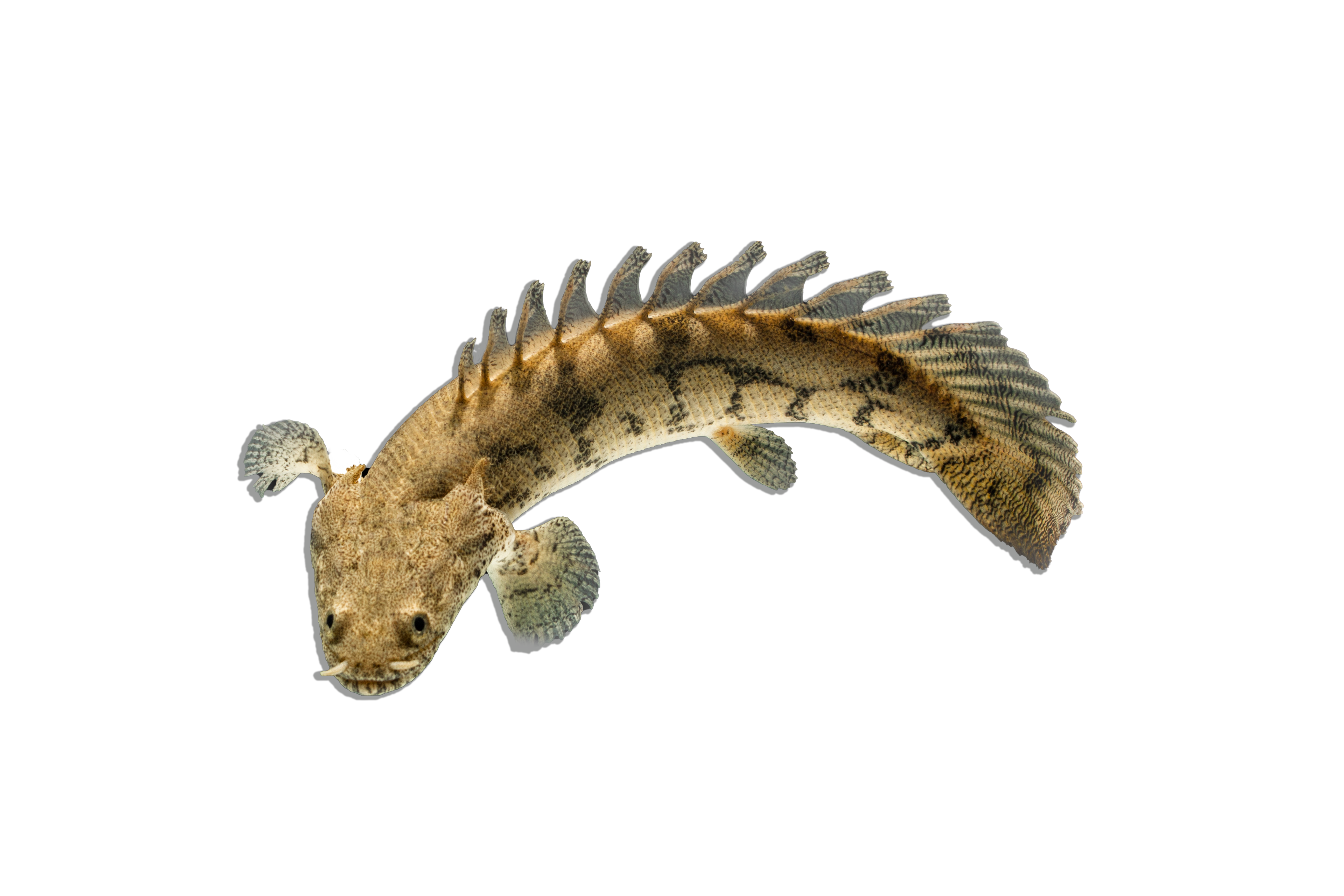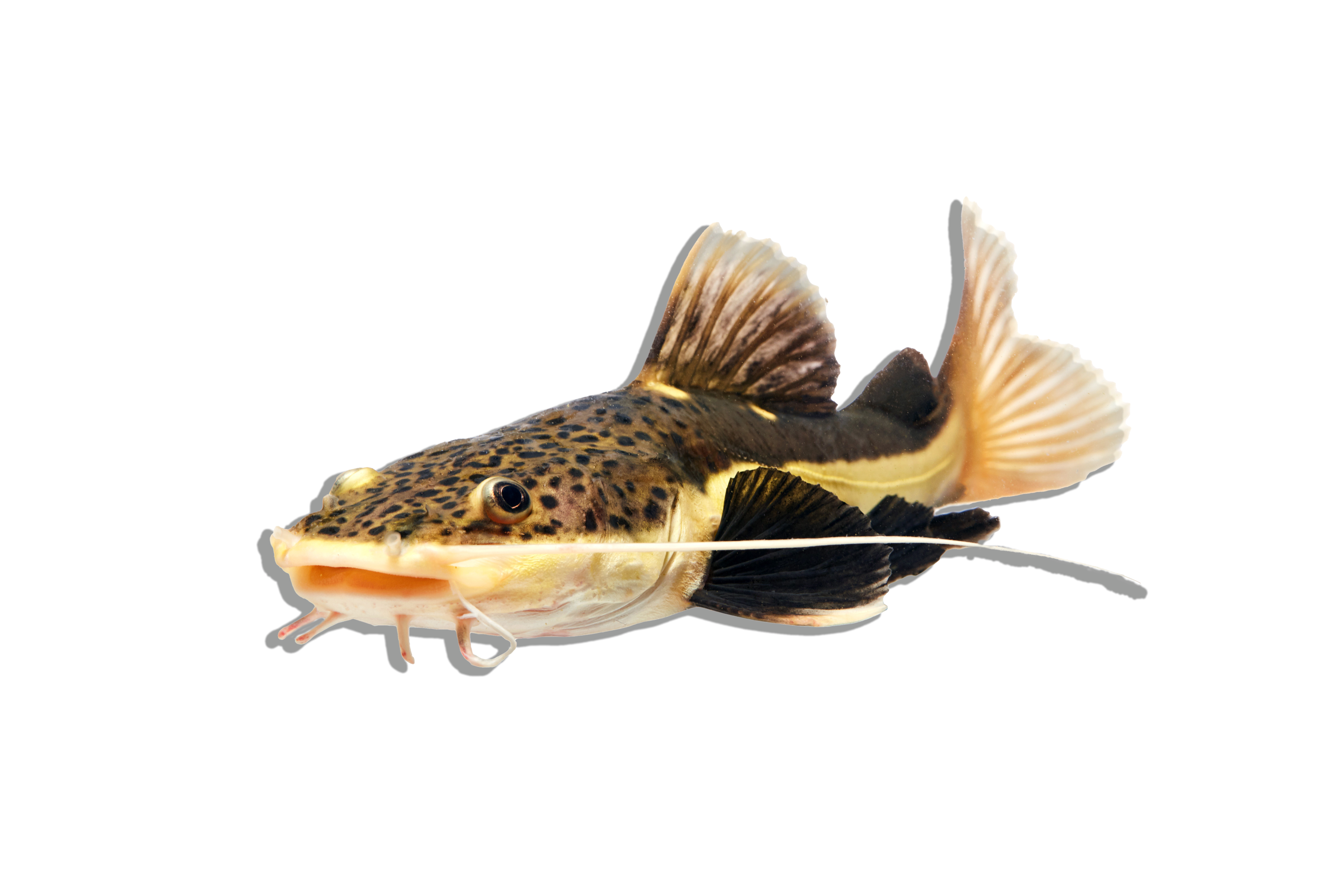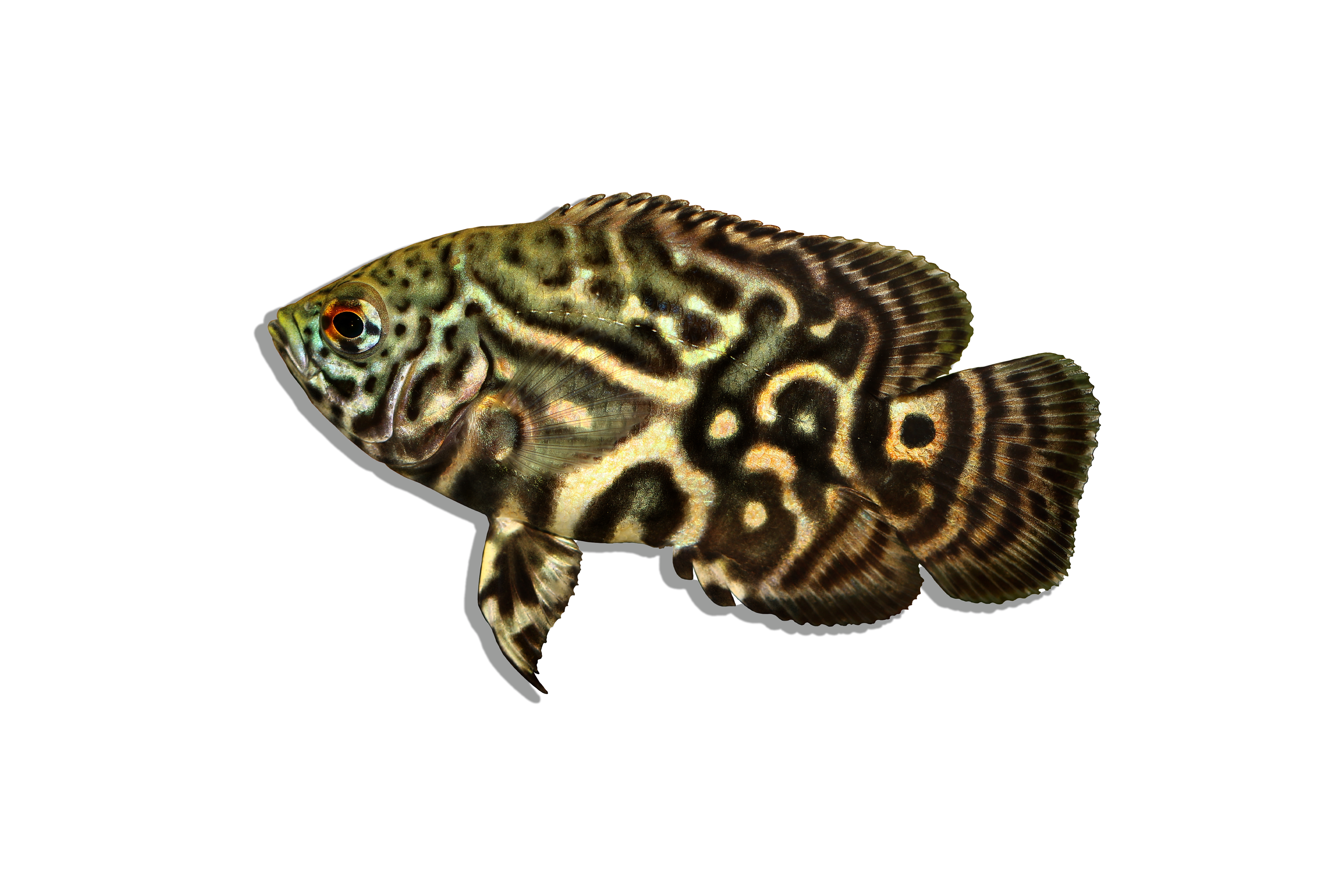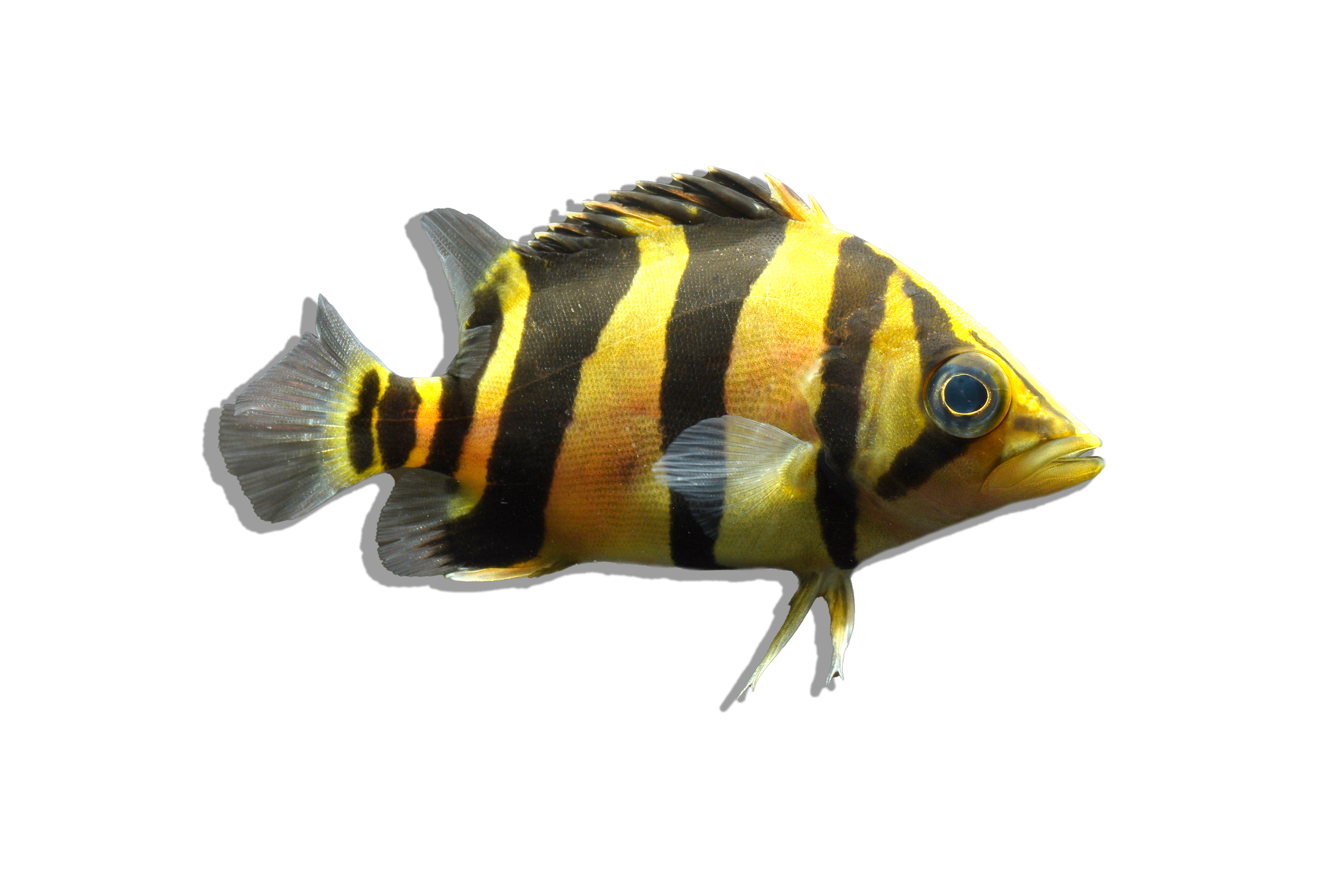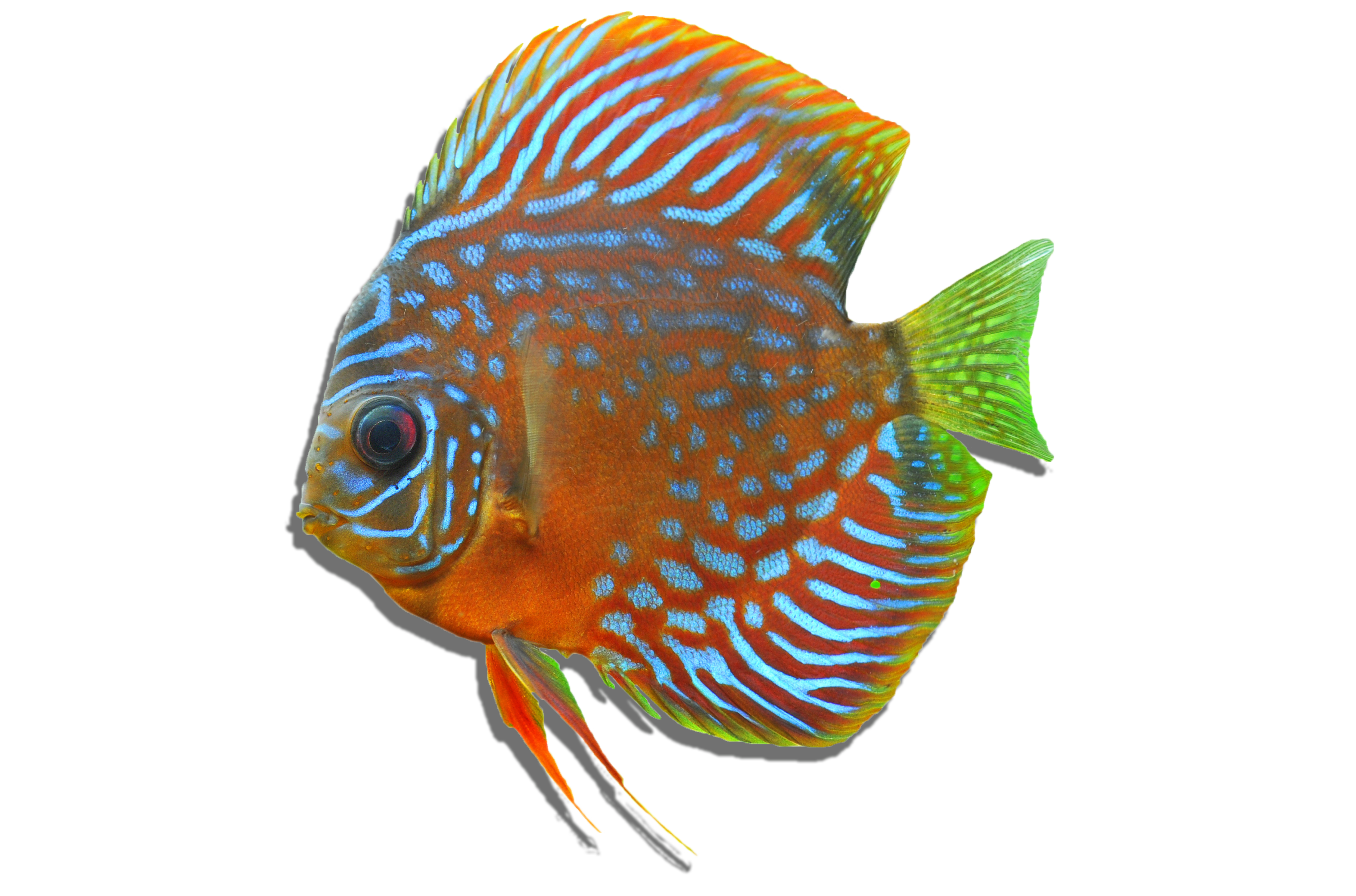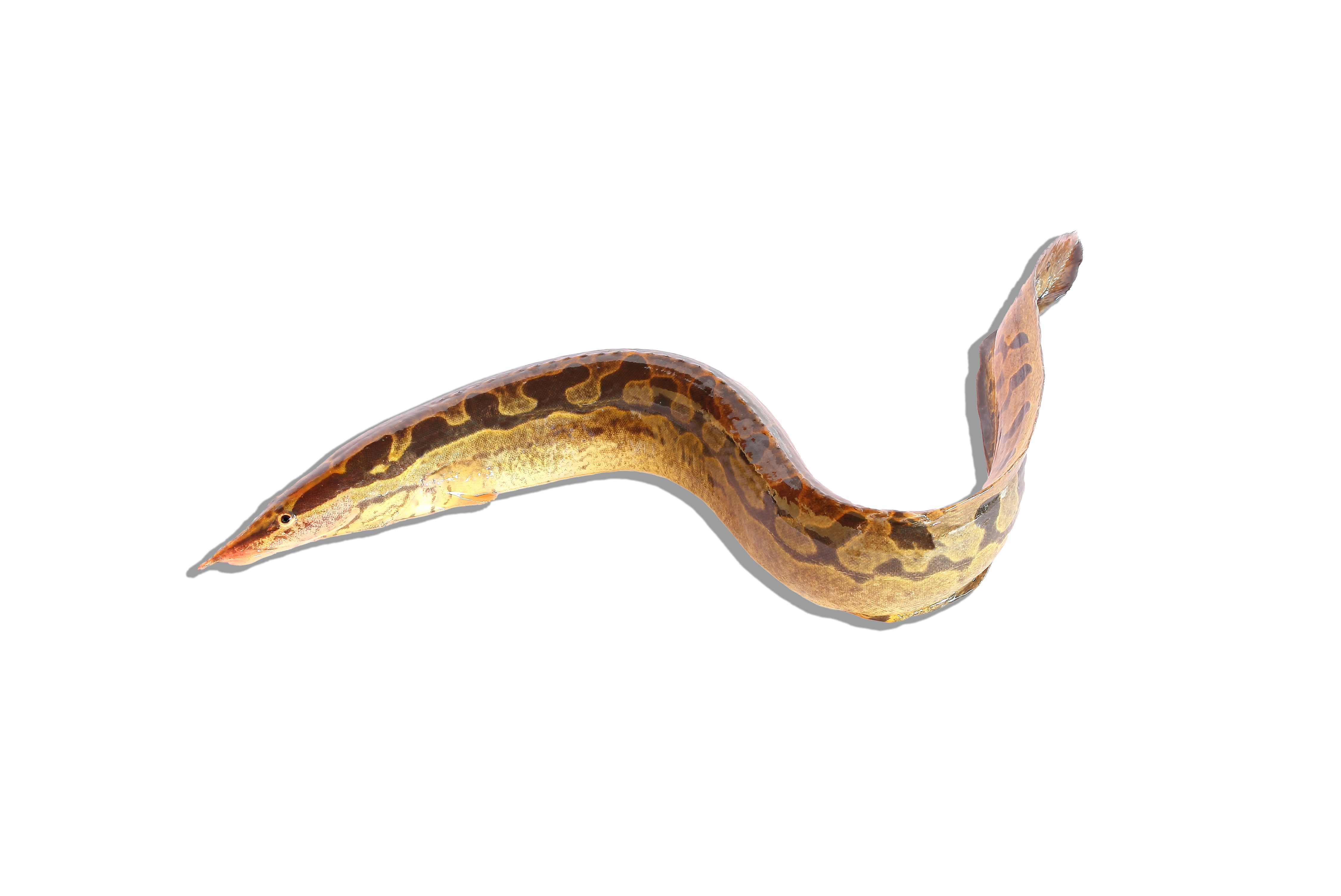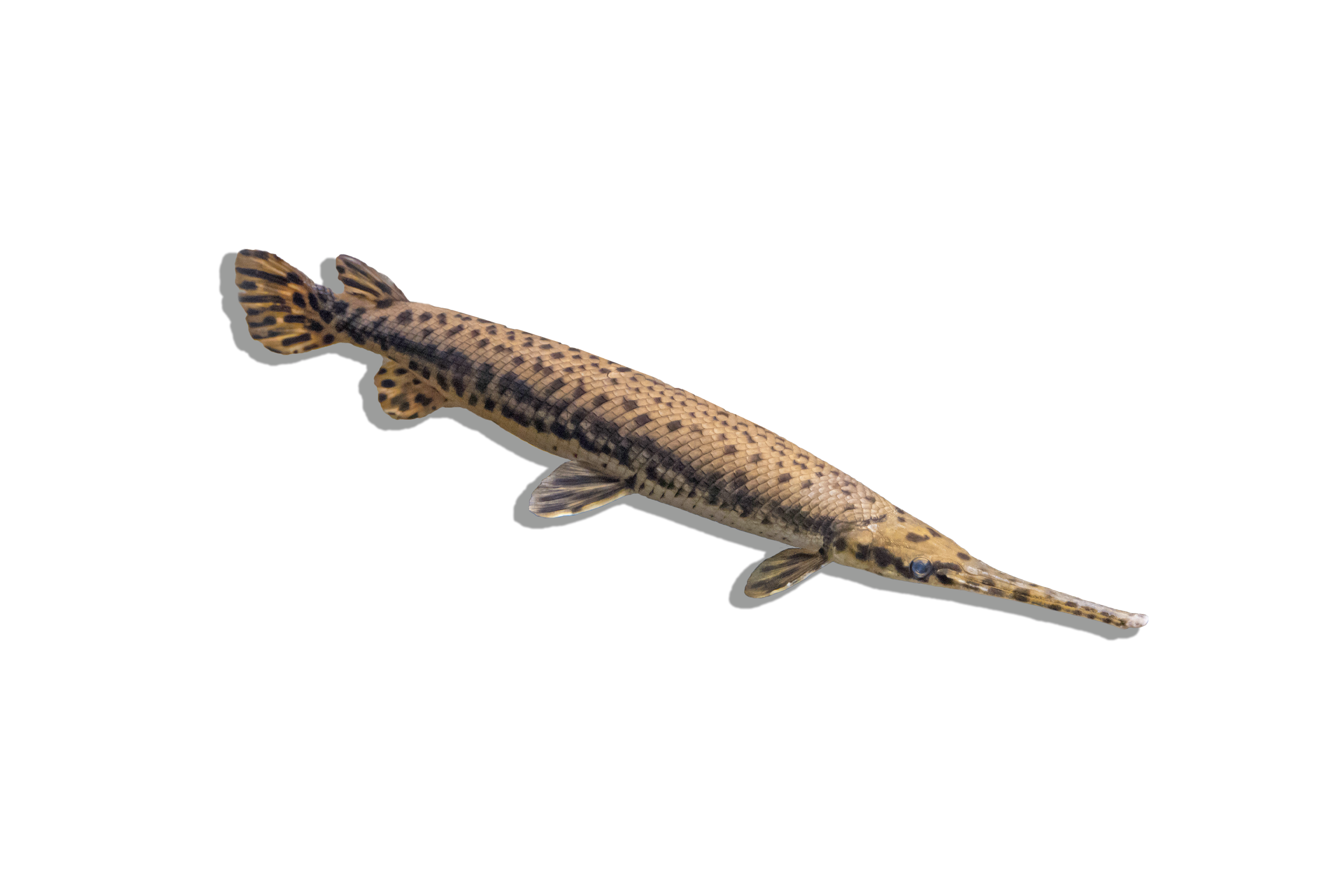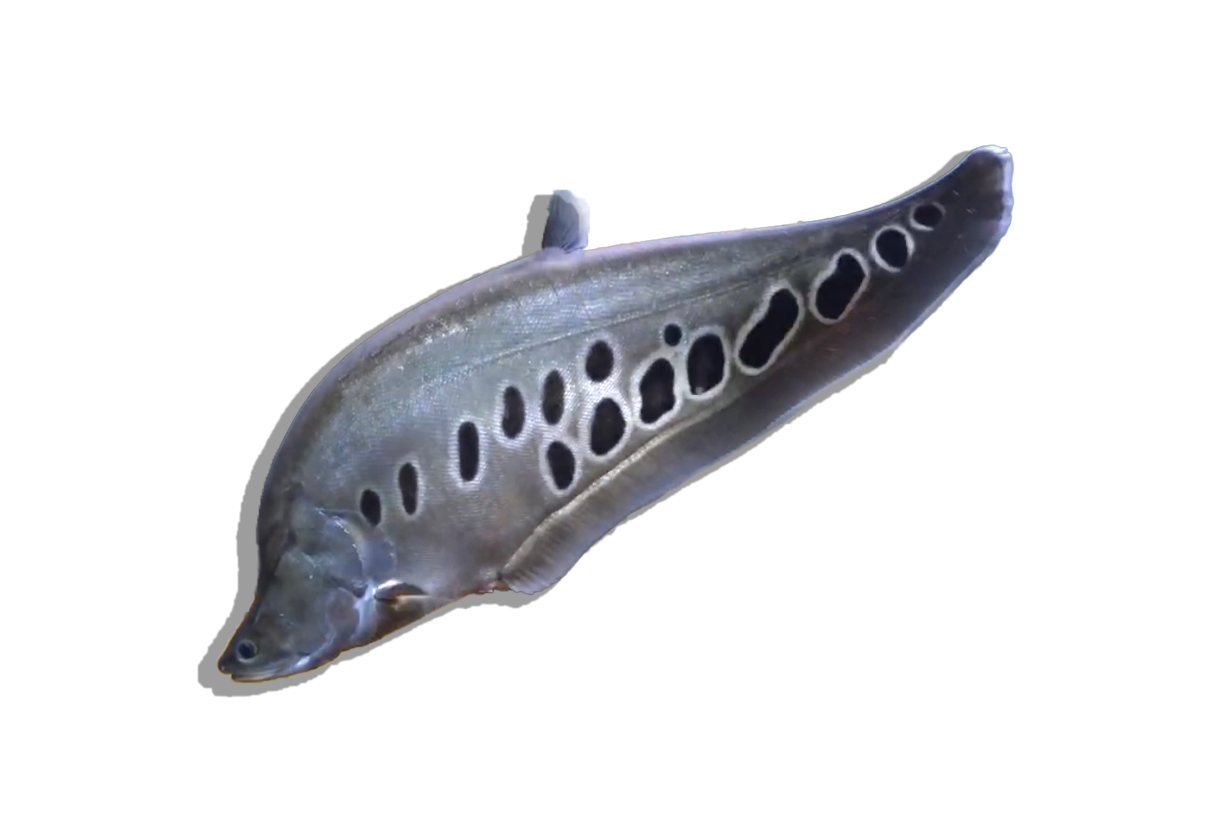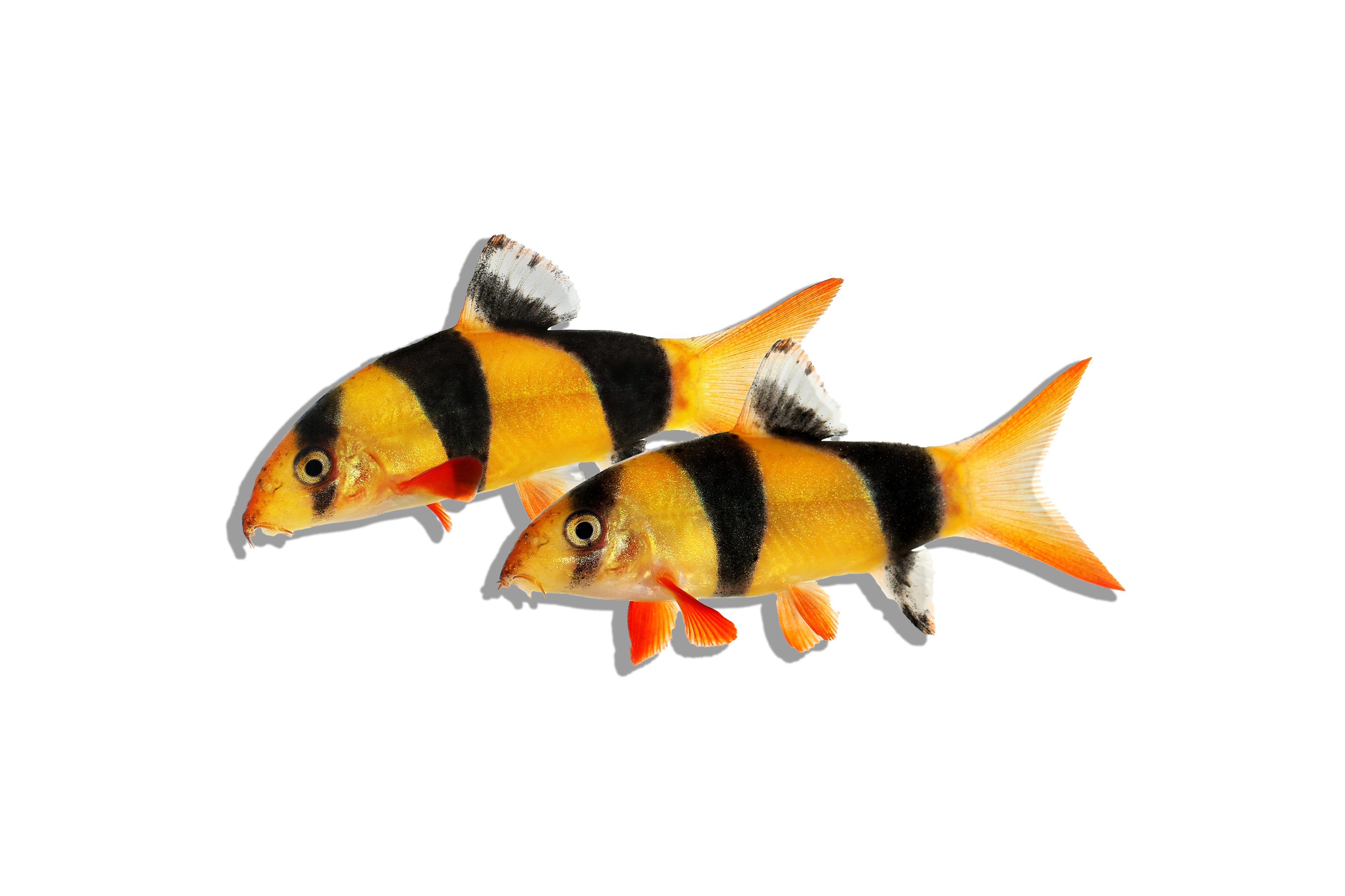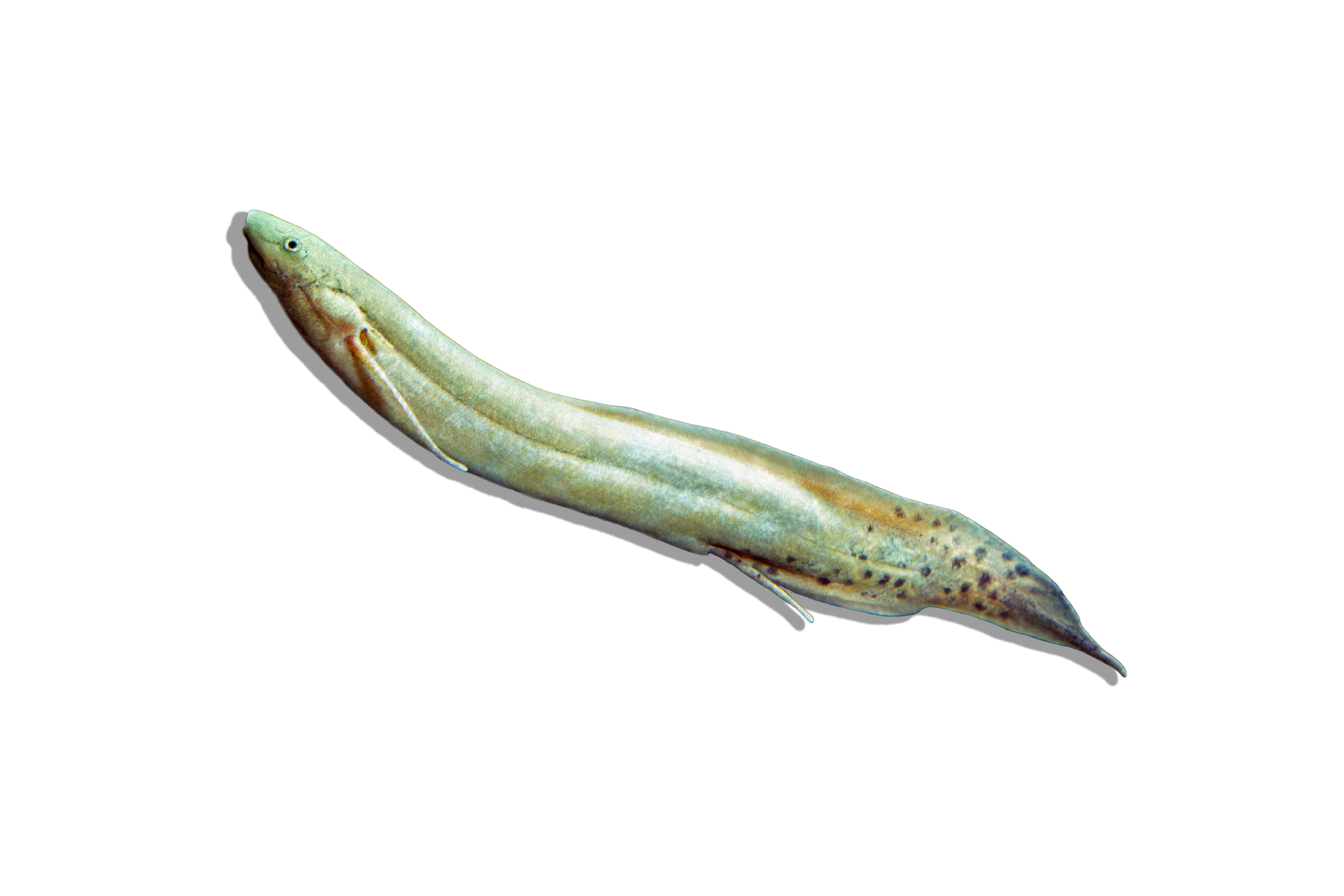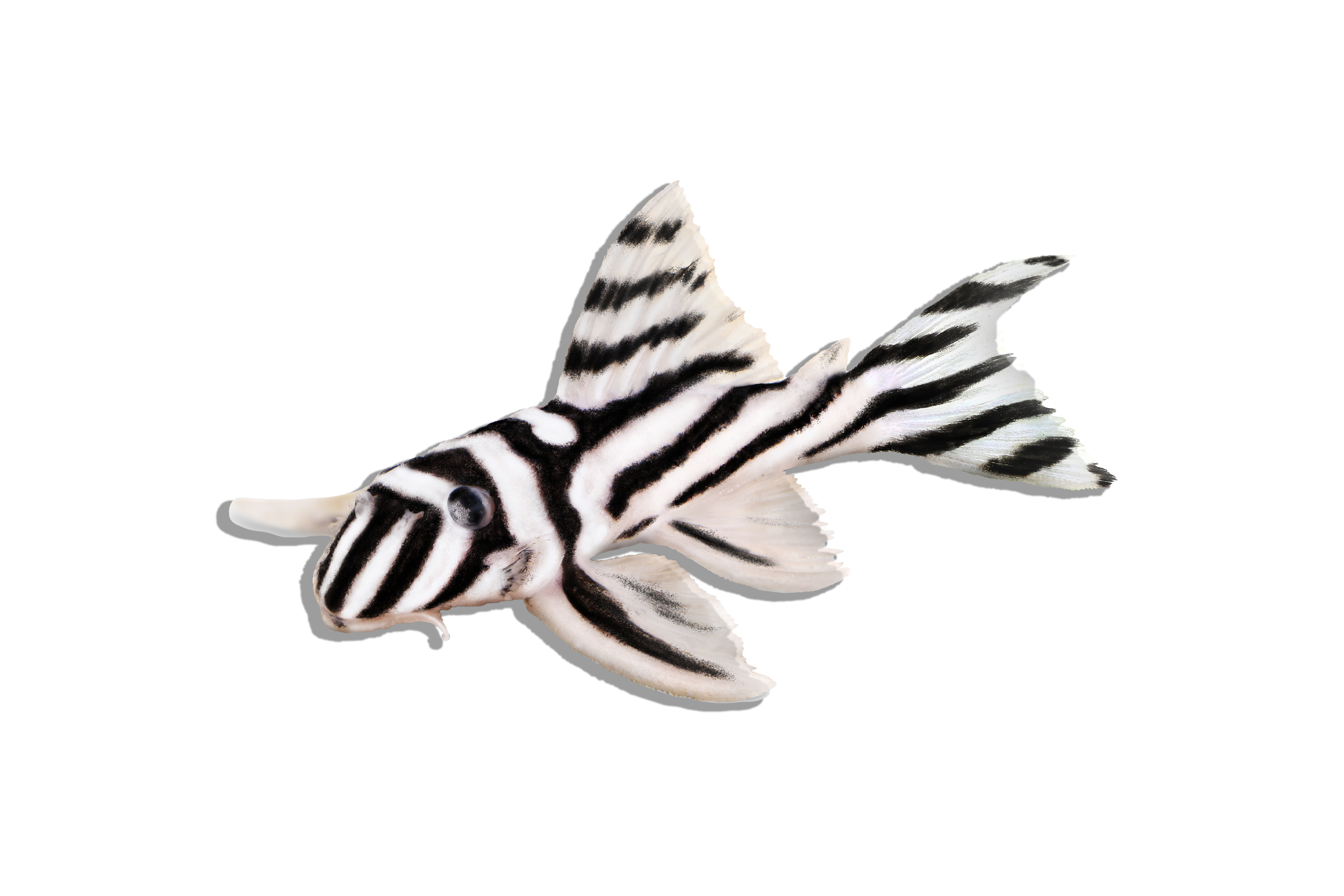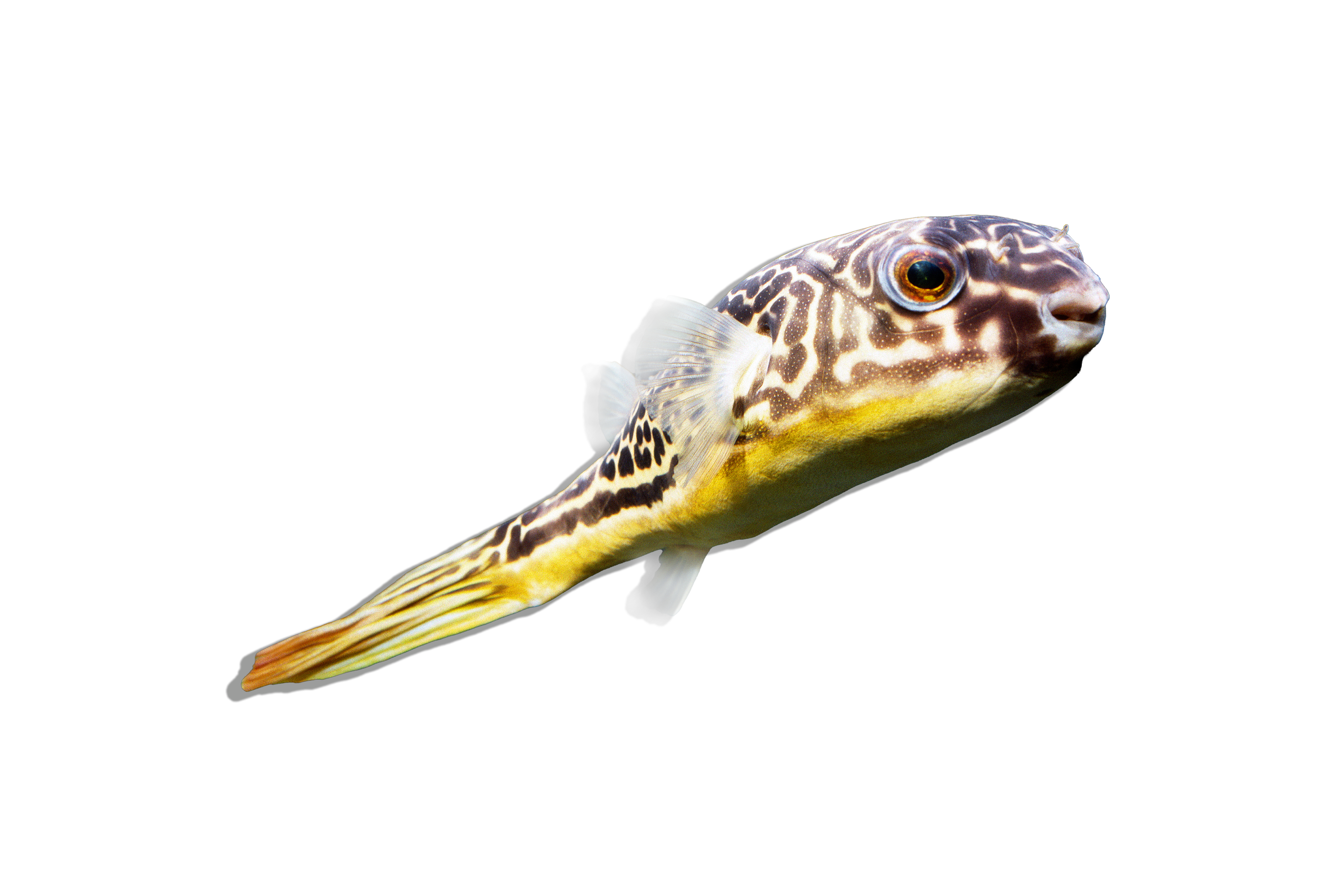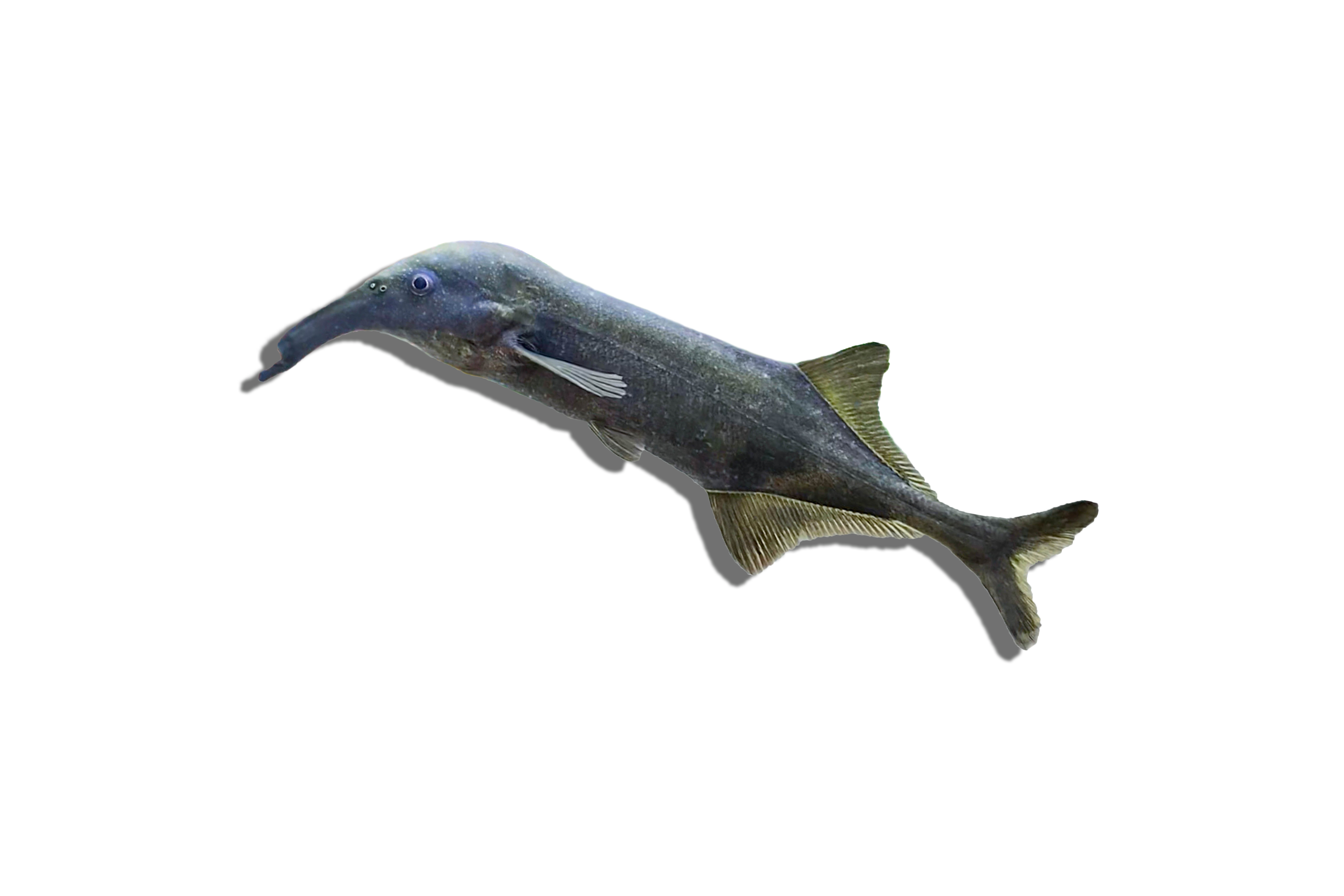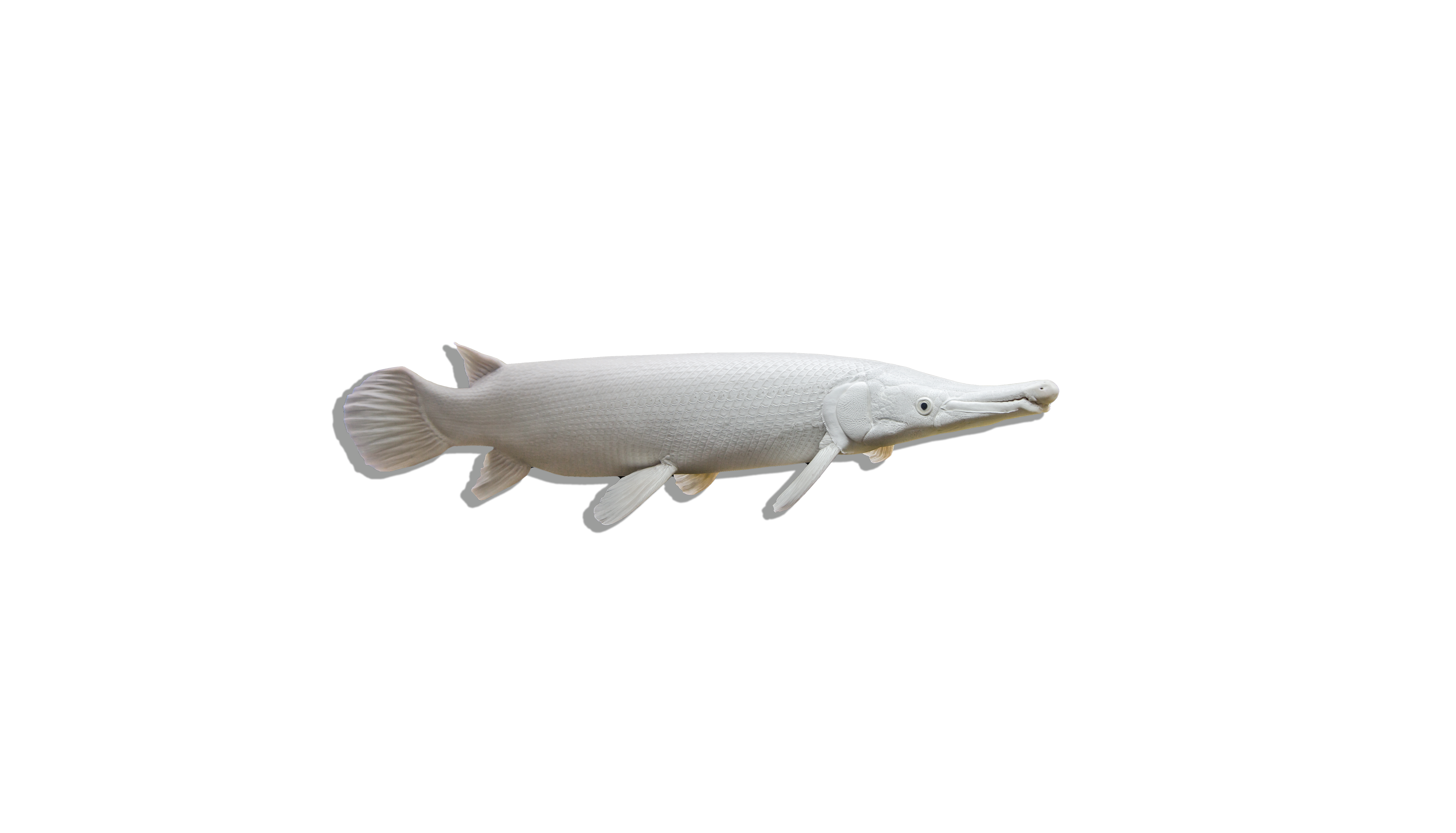Description
Common Name: Amazon Puffer
Scientific Name: Colomesus asellus
Other Names: South American Puffer, Bumblebee Puffer
The Amazon Puffer is a small, colorful freshwater fish known for its charming appearance and unique behaviors. It features a vibrant yellow-green body with black bands or spots, giving it a bumblebee-like appearance. Unlike many other pufferfish, the Amazon Puffer is a true freshwater species, making it an appealing choice for freshwater aquarists.
Habitat and Distribution: The Amazon Puffer is native to the Amazon River Basin in South America, found in countries like Brazil, Peru, and Colombia. These fish inhabit slow-moving rivers, floodplains, and tributaries with soft, acidic to neutral waters rich in vegetation and submerged structures. Their natural habitat provides plenty of hiding spots and foraging opportunities.
Size and Lifespan: In both the wild and captivity, Amazon Puffers typically grow to about 3 inches (7.5 cm) in length. Their lifespan can range from 5 to 10 years, depending on the care and conditions provided in the aquarium. Ensuring a proper diet, clean water, and a suitable environment is crucial for their longevity and well-being.
Diet and Behavior: Amazon Puffers are omnivorous with a preference for a diet rich in invertebrates. In the wild, they feed on crustaceans, insects, snails, and other small aquatic organisms. In an aquarium, they should be provided with a varied diet that includes live or frozen foods such as bloodworms, brine shrimp, and snails, which help keep their beaks trimmed. They can also eat high-quality pellets and flakes. These puffers are active and inquisitive, known for their playful and sometimes nippy behavior. They are generally peaceful but can become aggressive if not given enough space or appropriate tank mates.
Breeding and Reproduction: Breeding Amazon Puffers in captivity is rare and challenging due to their specific environmental needs and behaviors. Little is documented about their breeding habits in the wild, and successful reproduction in home aquariums typically involves creating conditions that closely mimic their natural habitat, including providing ample hiding spots and optimal water conditions. Males and females are difficult to differentiate, and detailed breeding procedures are not well established.
Aquarium Care and Tank Requirements: To keep Amazon Puffers, a tank of at least 20-30 gallons is recommended for a small group. The tank should include plenty of hiding spots created with rocks, driftwood, and plants to mimic their natural habitat and reduce stress. A soft, sandy substrate is ideal to protect their delicate skin. Efficient filtration and regular water changes are essential to maintain water quality, as these fish are sensitive to poor conditions. Providing ample open space for swimming and exploration is crucial for their well-being.
Ideal Tank Mates: Amazon Puffers can be kept with other peaceful, similarly sized fish that share similar water parameter requirements. Suitable tank mates include other small, non-aggressive fish such as tetras, rasboras, and small catfish. Avoid housing them with slow-moving or long-finned fish, as the puffers may nip at them. It is essential to monitor their interactions and ensure that tank mates are not being harassed or injured.
Difficulty Level: Intermediate. While they are hardy, their specific dietary needs, potential for nipping behavior, and requirement for pristine water conditions require attentive care and a well-maintained aquarium.
Water Parameters:
- Temperature: 75-82°F (24-28°C)
- pH: 6.0-7.5
- General Hardness (GH): 4-12 dGH
- Carbonate Hardness (KH): 3-10 dKH
- Ammonia: 0 ppm (ideal), up to 0.25 ppm (max)
- Nitrite: 0 ppm (ideal), up to 0.25 ppm (max)
- Nitrate: <20 ppm (ideal), up to 40 ppm (max)
Additional Information:
- The Amazon Puffer's vibrant coloration and active behavior make it a delightful addition to any aquarium, providing both visual interest and dynamic movement.
- These fish have strong beaks that continuously grow, so providing hard-shelled foods like snails is essential to keep their beaks trimmed and prevent overgrowth.
- In their natural habitats, Amazon Puffers play a role in controlling populations of small invertebrates, contributing to the ecological balance.
- Fun fact: Amazon Puffers are known for their ability to inflate their bodies when threatened, a defensive mechanism to deter predators and avoid being swallowed.

